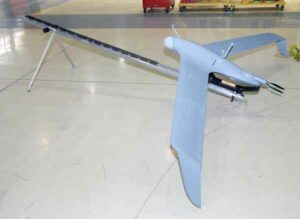Israel Aerospace Industries (IAI) will present various integrated solutions at the 2012 Annual Association of the United States Army (AUSA) Meeting & Exposition in Washington, DC, from October 22-24, 2012 (IAI North America – Booth #1739).
IAI’s exhibit will include advanced radars, tactical unmanned aerial and loitering systems; HD electro-optical payloads, network-centric laser-guided weapons, ground target acquisition and designation systems and more, providing ground forces with focused and effective solutions which best answer their needs in today’s ground battlefields.
Joseph Weiss, IAI’s President and CEO, said:” IAI’s comprehensive answers to the challenges facing ground forces are based on the company’s extensive experience and know-how, and deep-understanding of end-user requirements. To maximize our customers’ success, IAI supplies reliable and high quality products, while constantly striving for the next level in technological innovative solutions.”
Among the products to be displayed, is the Multi-Mission Radar (MMR) – ELM-2084, a key component in the Iron Dome active defense system against short- and medium-range ballistic threats. The MMR, developed by ELTA Systems Ltd., an IAI group and subsidiary, is a combat-proven, advanced and sophisticated portable ground radar. It rapidly identifies the target, tracks it accurately and provides vital data to the weapons system to allow for the simultaneous handling and neutralization of multiple threats. The developers of this radar were recently awarded the Israel Defense Prize for their significant contribution to the defense of the State of Israel.
IAI’s exhibit also includes combat-proven crashworthy seats for aircraft and ground vehicles. This crashworthiness is achieved mainly by a non-maintenance reliable mechanism used in both airborne and land system seats. This simple but ingenious mechanism transforms the kinetic energy created by a crash or blast into the plastic deformation of parts in the seat, thereby absorbing the energy and protecting soldiers’ spines. This mechanism has been “proven in battle”.



















